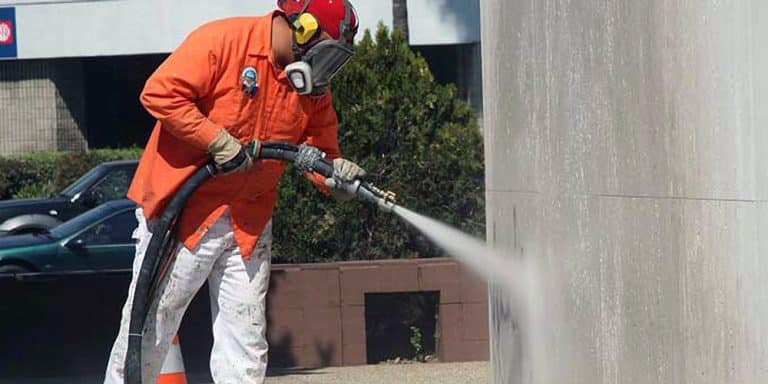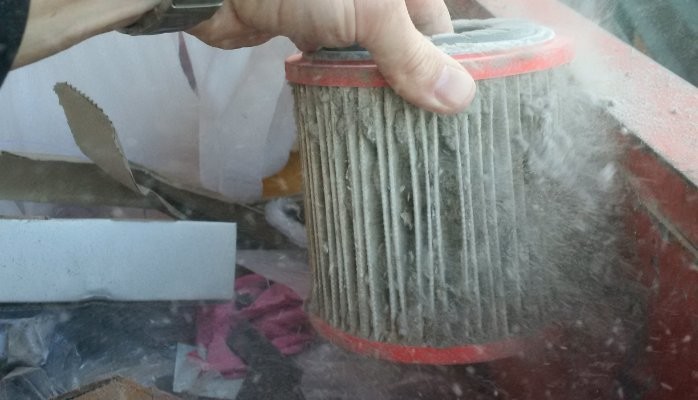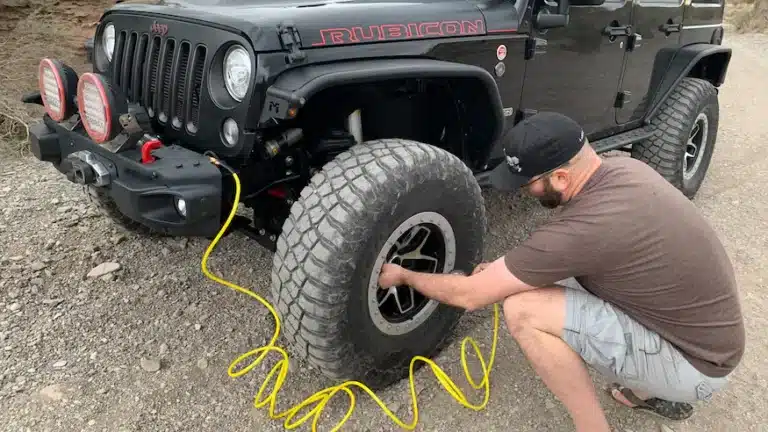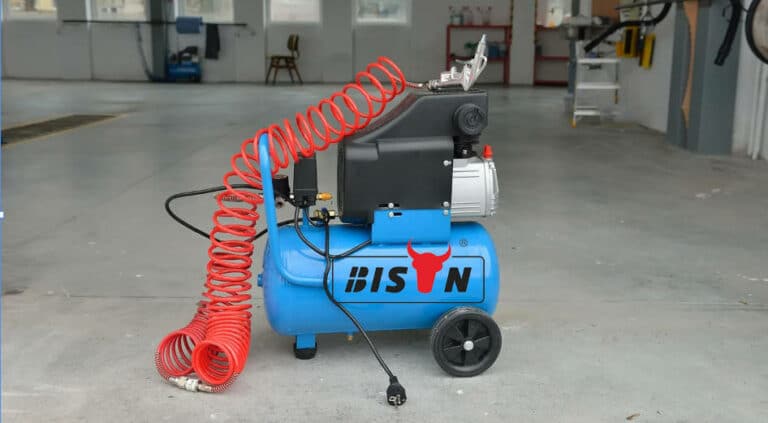air compressor application
air compressor for tire
- Jan 4, 2023
Tire issues are a typical occurrence while owning a car, but if you have a portable air compressor on hand, a flat tire won’t have to keep you from getting to the track.
With so many air compressors on the market, today for inflating tires, choosing a top-of-the-line air compressor can be difficult. There are so many things to look at before purchasing an air compressor for tires. But don’t worry; we’ve got you covered.
In this post, we’ll share with you all the things you need to know before purchasing air compressors for tires.
Let’s get started!
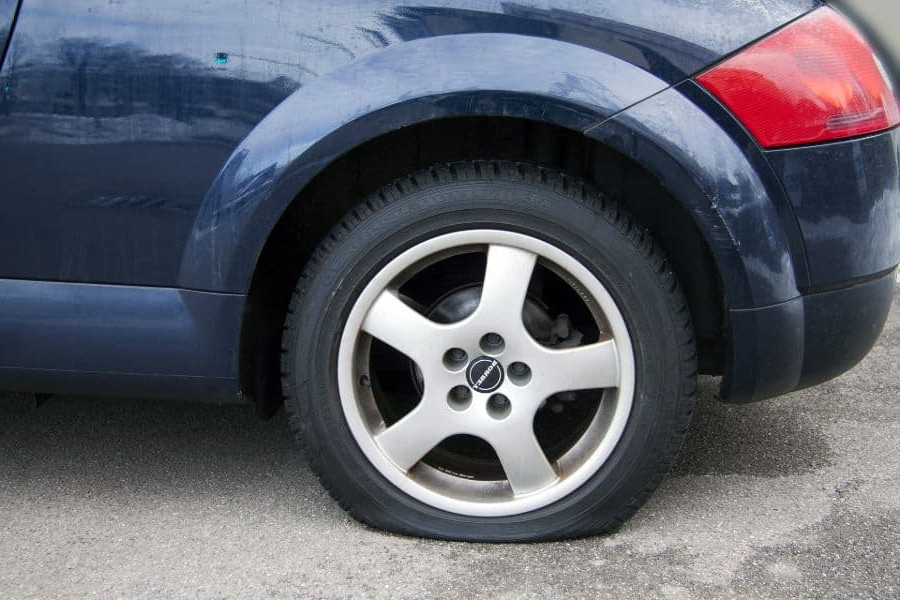
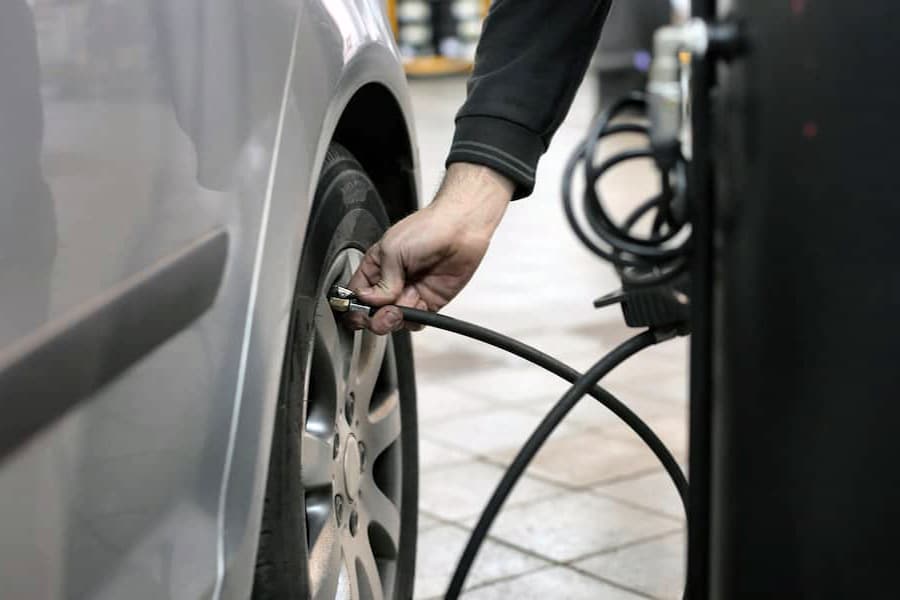
Things to look at before purchasing an air compressor for tires
PSI range
Tire pressure is measured in PSI, which represents pounds of force per square inch. When purchasing an air compressor, an important criterion is the maximum PSI that can inflate your tires. For inflating car tires, you run them to between 30 and 35 PSI on most passenger cars.
Meanwhile, SUVs and light trucks may require higher PSI levels, while larger trucks, especially when towing, require tire pressures ranging from 75 PSI to 110 PSI. Travel trailers and RVs require tire pressures as high as 150 PSI, sometimes higher.
You should size your air compressor according to your end user. As a professional air compressor manufacturer, we have a wide range of air compressor models.
Flow rate
The flow rate of an air compressor, or the amount of air a compressor can produce at a given pressure level, is measured in cubic feet per minute (CFM). While you might think the maximum PSI a unit can set is important, it’s not the most important factor. As one of the most important factors in selecting the best air compressor to inflate your automobile tyres, you should instead pay attention to CFM.
Typically a higher CFM rating means the compressor can deliver more air simultaneously, making it ideal for larger applications. In other words, they can inflate tires to the recommended pressure level faster.
A portable air compressor rated at 1 or 2 CFM at 90 PSI should inflate tires well.
Multifunctional
Today, while primarily designed to inflate car tires, automotive air compressors are often multifunctional. They also work well with power tools like tire changers or spray guns, inflating bicycle tires, and anything inflating like inflatable pools and exercise balls. If you also want to sell to homeowners or DIYers, multi-function air compressors can better meet your business needs.
Easy to use
An easy-to-carry portable air compressor that will allow everyone to get the most out of home, car, and on the go. If possible, you can check for yourself in BISON factory that it is light enough to carry around, compact enough not to take up too much space in your cargo area, comfortable to hold, and that the unit is well-designed and sturdy.
Resistant to overheating
Note that a common problem with most portable air compressors on the market is that they heat up during operation and can cause melting and burning. These accidents can happen even if the device has overheating protection that shuts it down if it overheats.
Some portable air compressors for cars heat up so quickly that they only work for a short period of time and then shut off immediately. This means that even if a unit can reach very high PSI levels, say over 100 PSI, which is required for larger trucks and RVs, it won’t be of much use if it overheats easily and shuts down every few minutes to cool it down.
Pressure gauge
This helps you see how much air is in tires and can notify you when you’ve reached the correct pressure.
Flashlight
It’s handy at night to help you see clearly.
Shut-off system
Some models have a shut-off feature that automatically stops once the tire is inflated and reaches a specified pressure.
How to properly inflate tires
- If you use the compressor at the gas station, get as close to the compressor as possible so you can reach all four tires easily.
- Remove the stem caps from all four wheels (and keep them in your pockets, so you don’t lose them).
- Push the hose fitting down onto the valve stem after starting the compressor. A digital air compressor allows you to set the desired tire pressure. Once the desired pressure is reached, the device will automatically shut down.
- Most air compressors have a built-in gauge that allows you to check the existing tire pressure during inflation. So it’s more convenient to over-inflate the tire a little and then release some air until the gauge indicates you’ve reached the desired PSI level.
- Note that it is best to inflate your tie at home when the tires are not being driven, as this will generate heat and interfere with measurements. Park your car before continuing to use the compressor.
- However, if you use the compressor after the tires are warmed up, inflate about 3 PSI above the recommended level. After the tires have cooled, be sure to double-check the tire pressure with a digital pressure gauge.
- Put the stem cap back in place.
Conclusion
This article was helpful and made it easier for you to choose an air compressor for your tires. At BISON, we have a variety of air compressors for tires. Look at all the available options and choose the one that fits your needs.
air compressor for tire FAQs
What size air compressor is needed to inflate car tires?
The pressure of car tires usually does not exceed 32 PSI. It can be used in cars as long as the pressure can reach 35 PSI. A higher pressure capacity is ideal as long as it doesn’t add unnecessary bulk you won’t use.
Is an 80-gallon air compressor too big for a car?
The only time an 80-gallon air compressor is required is for commercial applications. You’ll find many of these at an auto store or contractor’s workshop. However, it is too big for a vehicle. Any fuel-saving benefits you gain from properly inflated tires are lost by carrying so much weight. In this case, less is more, and opting for a smaller compressor is the better approach for the car.
Can I inflate my tires in cold weather?
Yes, you can inflate your tires in cold weather without a problem, but you have to use slightly higher pressure to compensate for the cold. When the tires get hot or the ambient temperature increases, the tire pressure increases a little.
Is it OK to overinflate the tires?
Your car’s performance depends on properly working tires. If you can avoid it, don’t overfill them. Don’t worry too much, as it takes 200 PSI to burst a car tire. Aim to populate them correctly based on the weather. Heat increases pressure, and cold decreases pressure, so keep that in mind when inflating tires.
If you have any enquiries about the BISON air compressor, we would love to hear from you.



